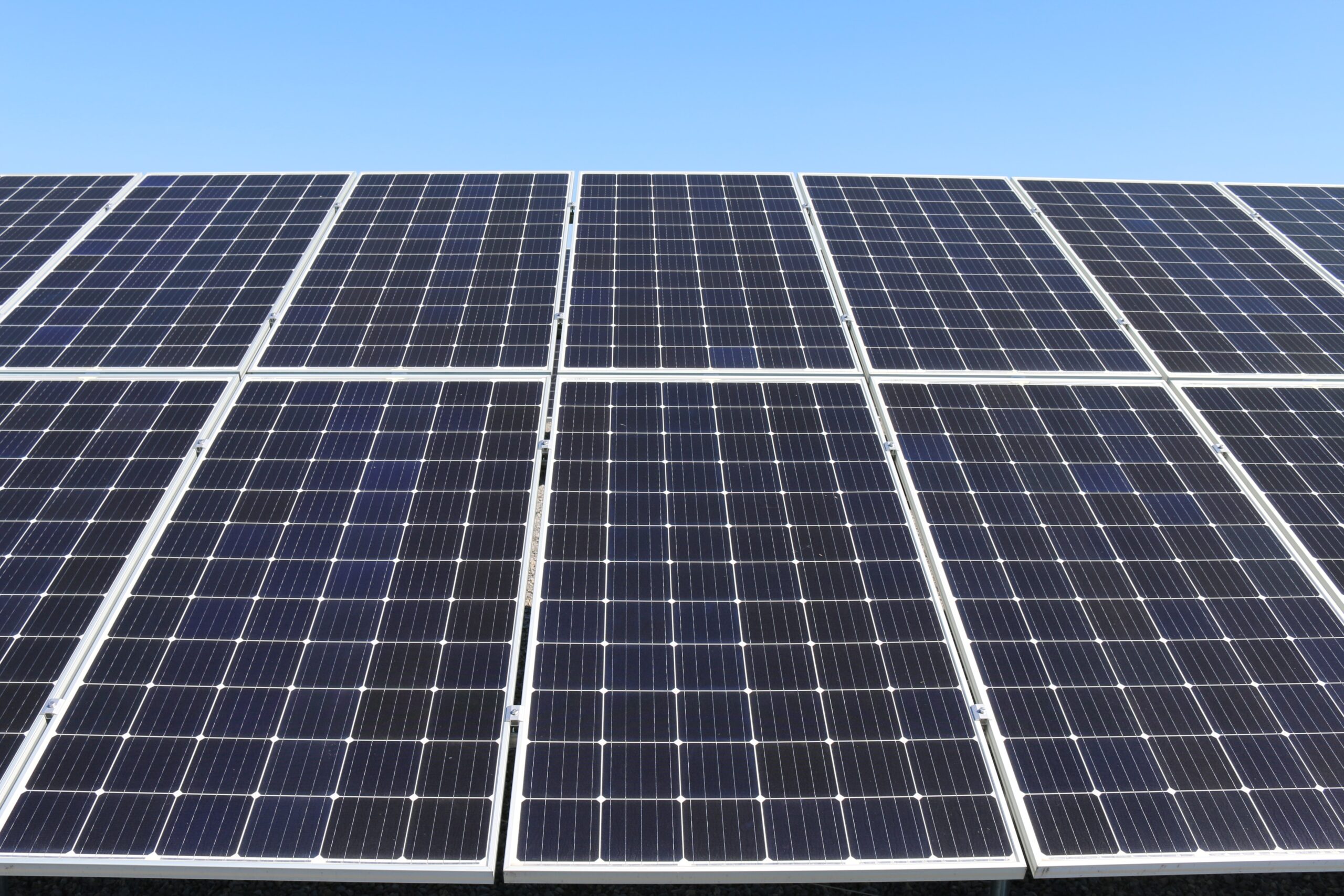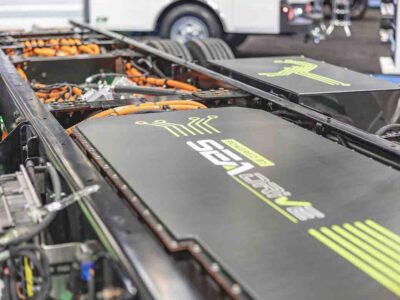At some point in our lexicon, Google morphed from a noun into an adjective. It’s common to hear someone say, “I’ll google it!” And while Google is a search engine, it also provides other Internet-related services including online advertising and cloud computing. But Google’s expanding their reach in the clouds – literally!
In April, the Mountain View, Calif.-based tech giant announced that it will deploy a carbon-intelligent computing platform at its very large data centers as a way to shift the timing of certain computing tasks to when low-carbon power sources such as wind and solar are most plentiful. The initiative is part of Google’s bigger plan to help lower the electrical grid’s carbon footprint and move the company closer to carbon-free energy throughout the day.
The carbon-intelligent platform works like this: Every day at Google’s data centers, the platform compares two types of forecasts for the next day. One of the forecasts – provided by Google partner Tomorrow, a Danish tech startup – is designed to predict how the average hourly carbon output of the local electrical grid will change over the course of a day. The second forecast, conducted by Google internally, is designed to predict the hourly power resources a particular data center will need to carry out its computing tasks over the same time period.
Google will then use the two forecasts to align the computing tasks so that they take place during times of low-carbon electricity supply. Put simply, the company hopes to maximize tasks that consume a lot of energy during periods when the weather is sunny and/or windy in the places that it operates large data centers. During other periods, data centers might have to rely more heavily on carbon-based power sources such as coal.
Recently, Ana Radovanovic, Google’s Technical Lead for Carbon-Intelligent Computing, gave an optimistic assessment of the program based on what the company had seen so far.
“Early results demonstrate carbon-aware load shifting works,” Radovanovic wrote in a Google blog post. “Results from our pilot suggest that by shifting compute jobs we can increase the amount of lower-carbon energy we consume.”
The carbon-intelligent computer platform represents another step in Google’s broader plan to have its data centers become completely reliant on carbon-free energy 24/7. Radovanovic noted that the company has been carbon neutral since 2007, and that 2019 marked the third straight year that Google matched its energy usage with 100 percent renewable energy purchases.
“Now, we’re working toward 24×7 carbon-free energy everywhere we have data centers, which deliver our products to billions of people around the world.” Radovanovic wrote. “To achieve 24×7 carbon-free energy, our data centers need to work more closely with carbon-free energy sources like solar and wind.”
There’s no mystery behind why Google wants to rely more heavily on renewable energy sources. The company’s data centers process and store massive amounts of information, operate all day long throughout the year, and require a lot of energy to handle their many, and complex, tasks.
Google’s engineers have spent many years trying to make its data centers more efficient, and the company claims that its centers are 50 percent more energy efficient than the industry average. But there’s still much work to be done. It takes a lot of power to process the trillions of Google searches that are processed every year, not to mention the 400 hours of YouTube videos that are uploaded each minute.
In September, Sundar Pichai, CEO of Google parent company Alphabet, announced a renewable energy deal that will include 18 separate agreements to supply the company with electricity from wind and solar projects around the globe. The deal was expected to increase Google’s green energy portfolio by 40 percent and give it an additional 1.6 gigawatts of clean electricity, or equal to about 1 million solar rooftops. That would bring Google’s total to 5.5 gigawatts across all of its agreements (if you’re wondering: one gigawatt equals 1 billion watts).
Google now stands as the world’s biggest corporate buyer of renewable power. The company is not only relying on existing infrastructure to power its data centers, either. Pichai said Google’s latest package of deals will lead to $2 billion worth of new energy infrastructure, including millions of solar panels and hundreds of wind turbines in three continents.
“We’re not buying power from existing wind and solar farms, but instead are making long-term purchase commitments that result in the development of new projects,” Pichai wrote in a blog post. “Bringing incremental renewable energy to the grids where we consume energy is a critical component of pursuing 24×7 carbon-free energy for all of our operations.”
While those investments will cost Google money over the short term, the longer-term payoff will come not only in the form of better corporate stewardship of the earth’s resources, but also in the form of lower energy bills as the company becomes more reliant on less expensive power sources. Google has already predicted that the use of artificial intelligence to power its data centers could cut its energy bills by around 40 percent.
The carbon-intelligent computing platform should help lower those energy costs even further. For now, however, the priority is on getting the program properly implemented. The first stage of the program will focus on shifting different computing tasks to different times of the day within the same data center, Radovanovic noted in her blog post. The longer-term plan is to broaden the scope so tasks are shifted between different data centers.
“It is also possible to move flexible compute tasks between different data centers, so that more work is completed when and where doing so is more environmentally friendly,” Radovanovic wrote.
Future plans are to shift loads in both time and location to “maximize the reduction in grid-level CO2 emissions,” Radovanovic added. The company will share the performance results of its worldwide global rollout in upcoming research publications.
Google’s efforts to reduce its carbon footprint comes during a period of rapid growth for the company. Earlier this year, Alphabet joined Microsoft, Apple and Amazon to become the fourth company to see its market valuation move above $1 trillion.
In February, Google announced plans to invest more than $10 billion in U.S. offices and data centers in 2020, including new investments in California, Washington, Colorado, Georgia, Massachusetts, Nebraska, New York, Oklahoma, Ohio, Pennsylvania and Texas. This funding followed an investment of $13 billion in the U.S. in 2019, which made Alphabet the largest corporate investor in the country, according to data from the Progressive Policy Institute.
These investments have had a huge impact on towns where Google has set up operations – especially communities that landed data centers. The establishment of these data centers has not only resulted in job growth and economic development, but also in millions of dollars in charitable giving from Google.
On its website, Google lists 21 data centers across four continents. To date, thirteen of those are in the U.S.





